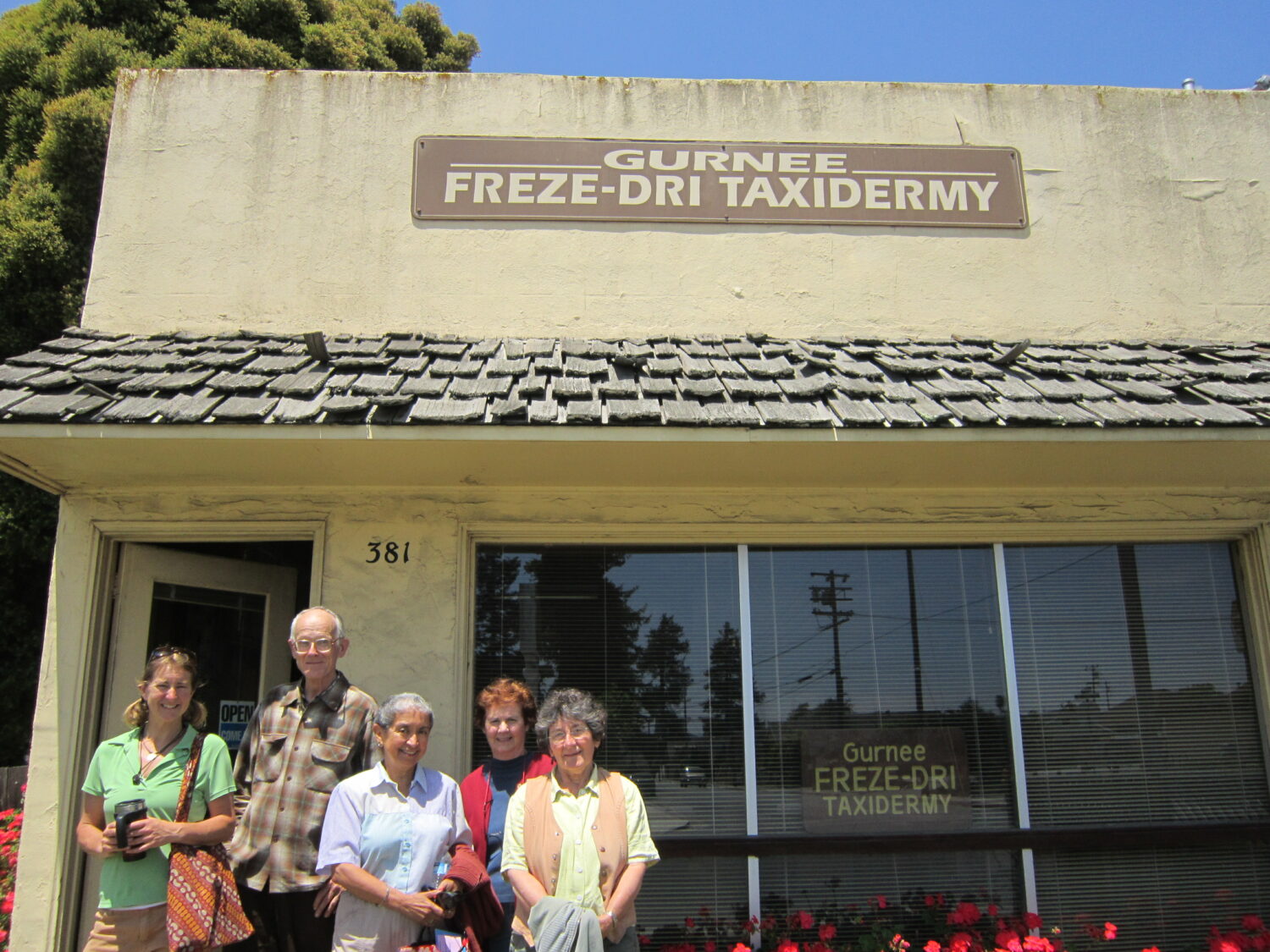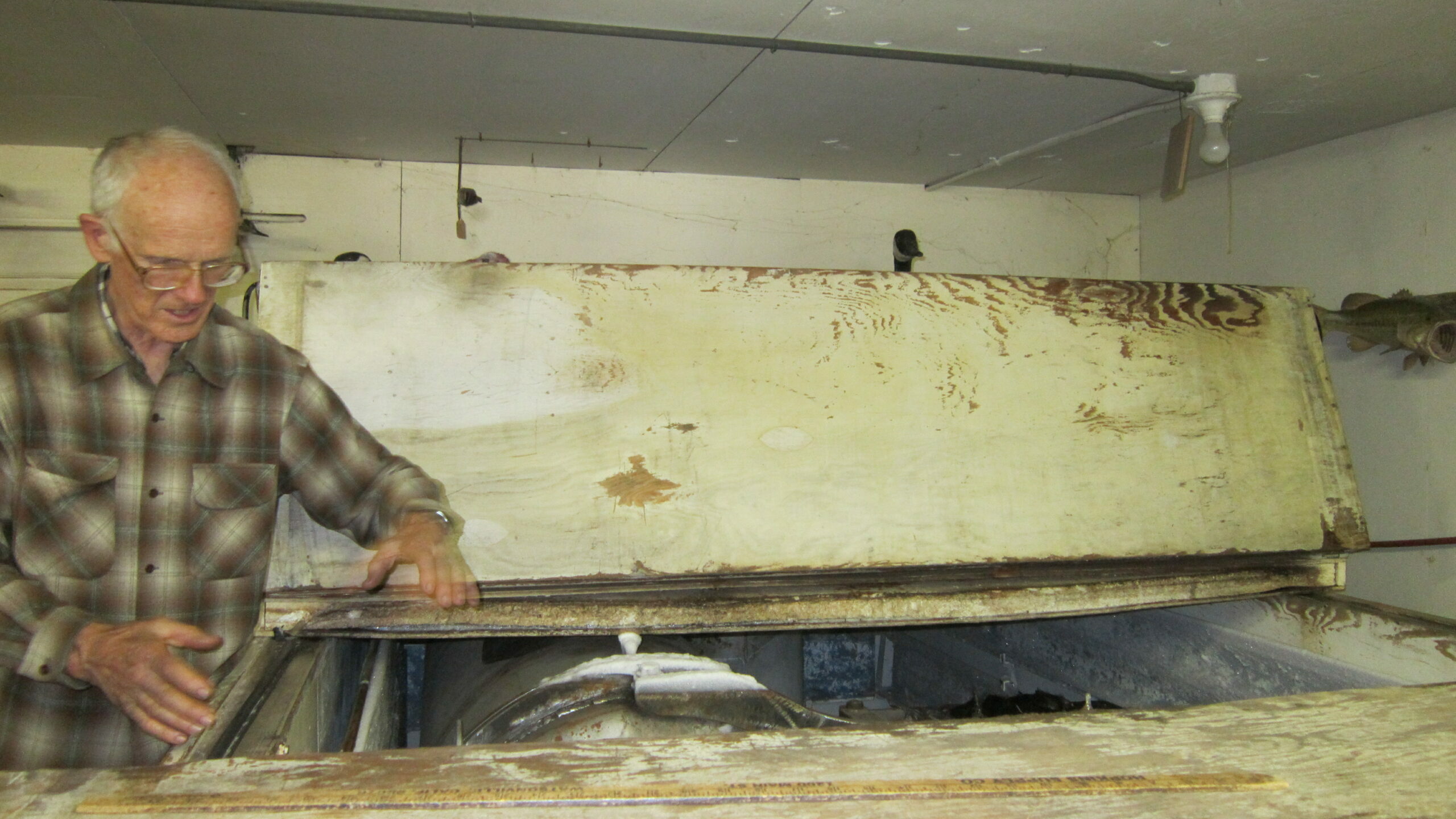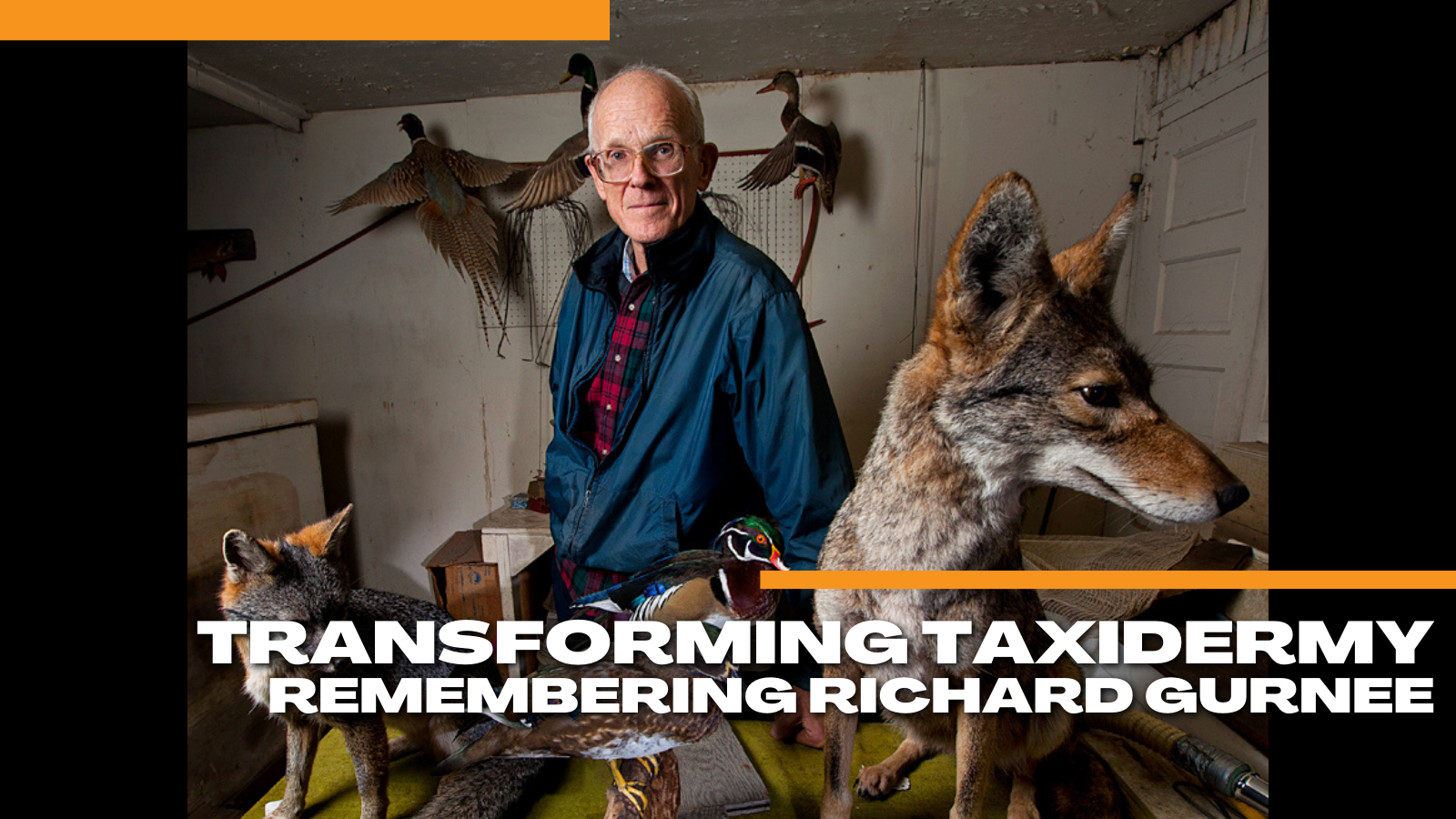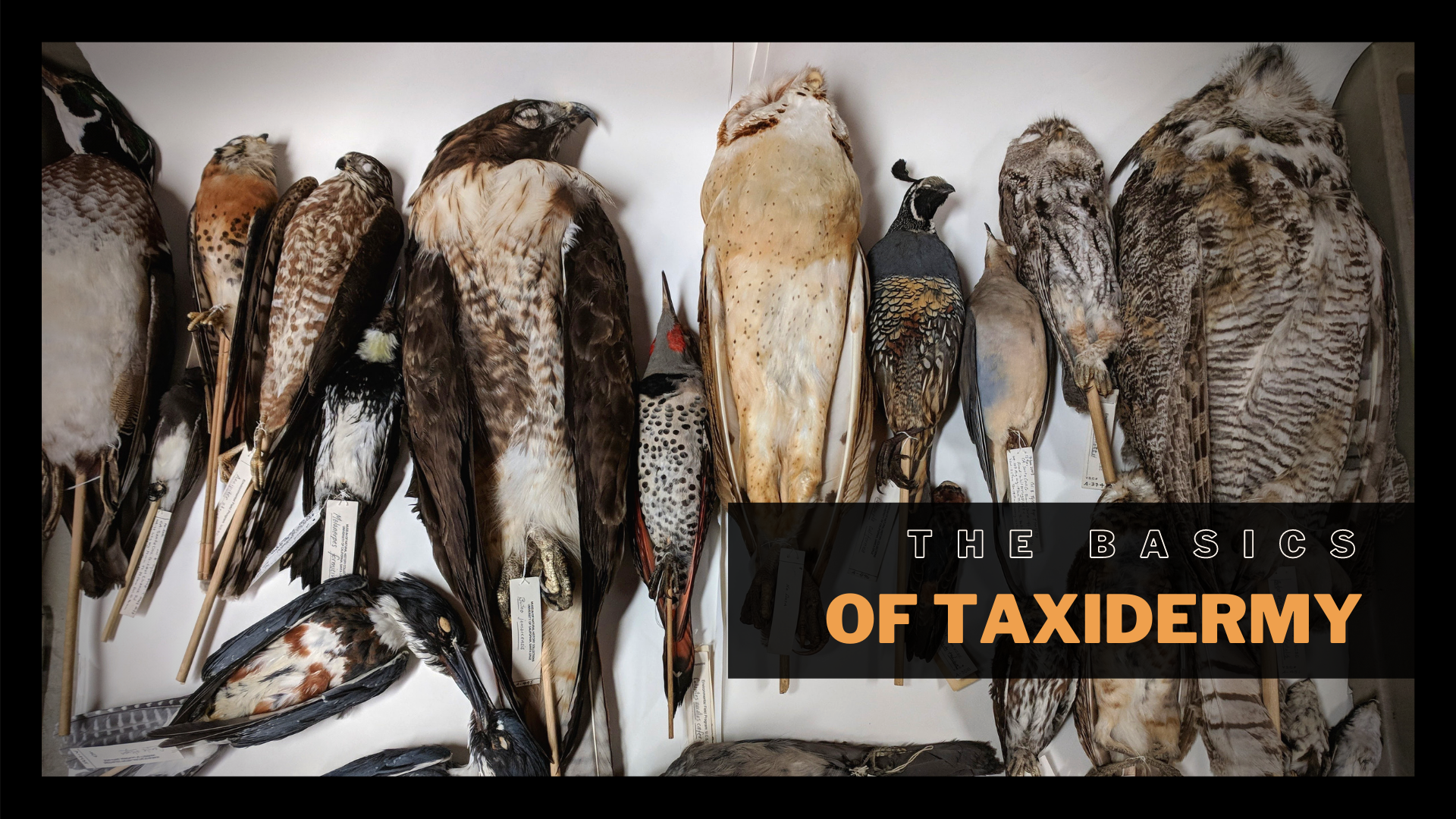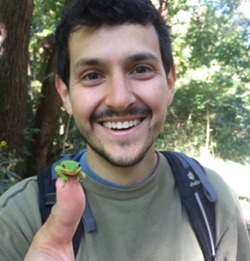From the glorious wingspan of our golden eagle to the small haunches of our slender salamander, our taxidermy displays are an impactful tool for connecting people to science and nature. For half a century, we have been lucky enough to build out this toolkit with specimens from a local pioneer in the ancient tradition of taxidermy. It is in the memory of this good fortune that we reflect on the life of local taxidermist Richard Gurnee, who passed away this fall.
From the glorious wingspan of our golden eagle to the small haunches of our slender salamander, our taxidermy displays are an impactful tool for connecting people to science and nature. For half a century, we have been lucky enough to build out this toolkit with specimens from a local pioneer in the ancient tradition of taxidermy. It is in the memory of this good fortune that we reflect on the life of local taxidermist Richard Gurnee, who passed away this fall.
Gurnee, a thoughtful man who radiated warmth and knowledge, was also an artist who excelled at preserving the animal world through freeze-dry taxidermy. This unique process of Gurnee’s own invention enabled him to preserve challenging specimens with minimal construction of otherwise typical physical supports. From the bright plumage of traditional game birds to the unusual preservation of a sea anemone, his taxidermy process captured tremendous diversity. Gurnee’s distinctive work is an endless inspiration. A closer look at his specimens, like our taxidermied octopus, can teach us not only about the creature itself, but also about the history of the science and art of taxidermy
Some have been lucky enough to take field trips to his Watsonville-based shop – just over ten years ago, museum staff and volunteers got to explore Gurnee’s studio as part of an enrichment experience. As we reflect on the legacy of this incredible naturalist, artisan, and community member, we wanted to share some highlights of that experience for those of us who did not get the chance to explore Gurnee’s studio while he was still with us.
Gurnee’s work has brought us closer to our nonhuman neighbors, as well as more exotic and endangered animals, for more than five decades. Given the nature of taxidermy, it will continue to do so for many years, just as Gurnee’s legacy will live on in the hearts and minds of nature nerds in the Central Coast and beyond.

